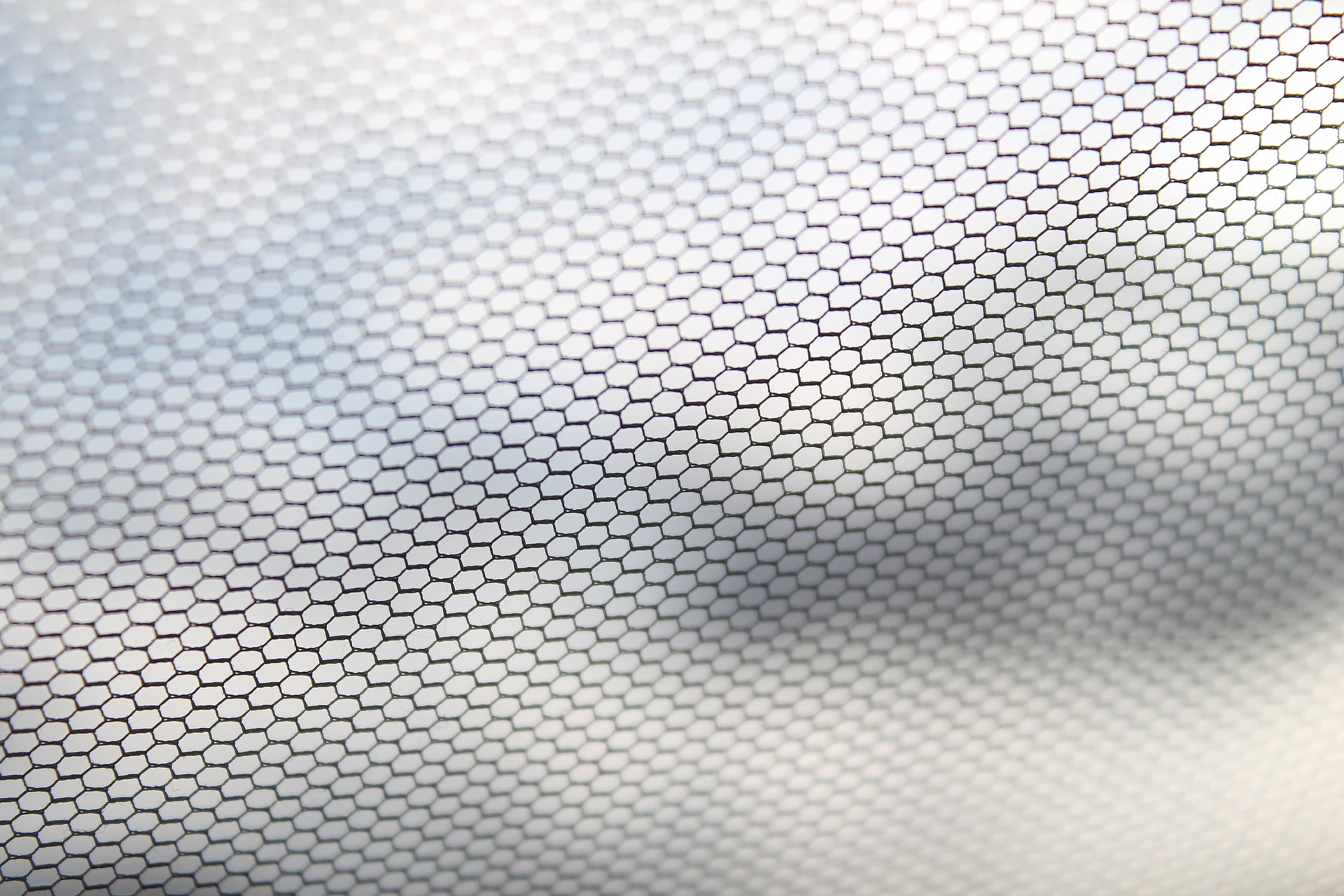Electrospun fabrics set to protect us from mozzies
Embargoed until:
Publicly released:
2019-08-14 09:01
As most mosquito repellents are volatile and need to be reapplied, international researchers thought why not just combine them into our mozzie nets? The team used a process called electrospinning to encapsulate microscopic levels of repellents into nanofibres and then incorporating that into a single fabric. The researchers say that the resulting fabric had the same tensile properties as the fabric prior to being spun, and when tested, showed a significantly reduced number of mozzies landing on it, compared to a control fabric.
Journal/conference: Royal Society Open Science
Link to research (DOI): 10.1098/rsos.182139
Organisation/s: Ghent University, Belguim
Funder: This work was done in the framework of the NOBUG project funded by European Commission, Grant agreement no. NMP2-SE-2009-228639.
Media Release
From: The Royal Society
Electrospinning repellents in polyvinyl alcohol-nanofibers for obtaining mosquito repelling fabrics
Royal Society Open Science
Recently, use of repellents for preventing transmission of mosquito-borne diseases is getting increasingly more attention. However, most of the current repellents are volatile in nature and must be frequently re-applied as their efficacy is only limited to a short period of time. This study focus on direct micro-encapsulation of repellents from an emulsion and integrating already encapsulated repellents into nanofibers via electrospinning. The repellents were successfully incorporated in the nanofibers and the tensile properties of the resulting samples did not have a significant change. Additionally, the incorporated repellents showed a significantly reduced number of mosquito landings compared to the control.


